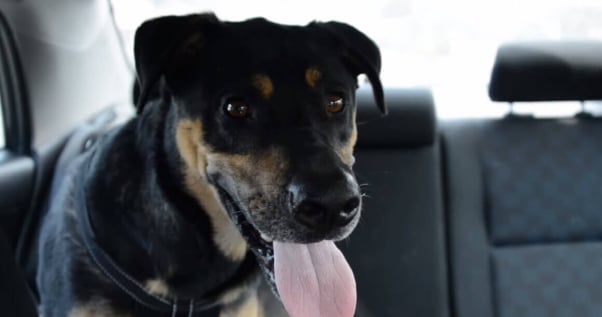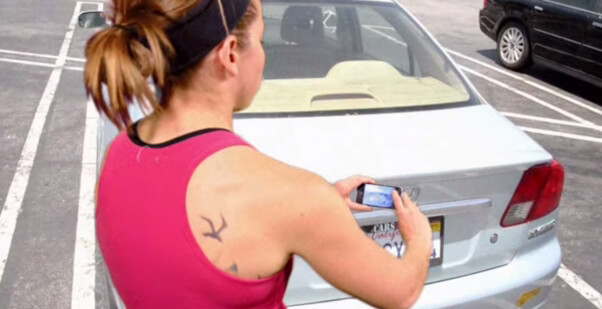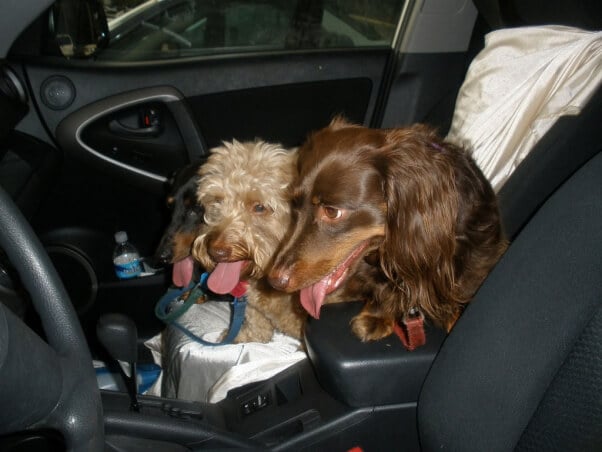Here’s What to Do if You See a Dog in a Hot Car
Parked cars are death traps for dogs: On a 70-degree day, the temperature inside one can soar to 99 degrees in 20 minutes, and on a 90-degree day, the interior temperature can reach as high as 109 degrees in just 10 minutes. Every year, dogs suffer and die when their guardians make the mistake of leaving them in a parked car—even for “just a minute”—while they run an errand. If you need to know how to rescue a dog in a hot car, the information on this page could save a life.
If you see a dog trapped in a hot car, here’s what to do.
1. Gather info
Note the car’s color, make, and model, and write down the license plate number or take a picture of it.
2. Notify Others
If there’s time, go into the nearest building and find a manager. Remember: It only takes minutes for a dog to suffer brain damage when the weather is hot. Time is of the essence!
Politely ask the manager to page the owner of the car. BE PERSISTENT!
3. Monitor the dog
Go back outside and wait by the car. (Don’t leave until the dog is safe!)
4. Educate
When the owner appears, share some facts, and don’t forget to carry PETA literature.

5. Call for help
If the owner doesn’t show up or doesn’t do anything, call animal control. If animal control can’t come immediately, call 911. And remember, if all else fails, do what’s necessary to save the animal’s life.
If you think leaving a dog in a hot car is just plain ridiculous, share this important video on Facebook now!
Fill out the form below to get your free “Too Hot for Spot” informational leaflets, posters, and assorted freebies!
By submitting this form, you’re acknowledging that you have read and agree to our privacy policy and agree to receive e-mails from us.
We can send literature only to addresses in the U.S. and Canada. For resources in your area, please visit one of these PETA entities:





